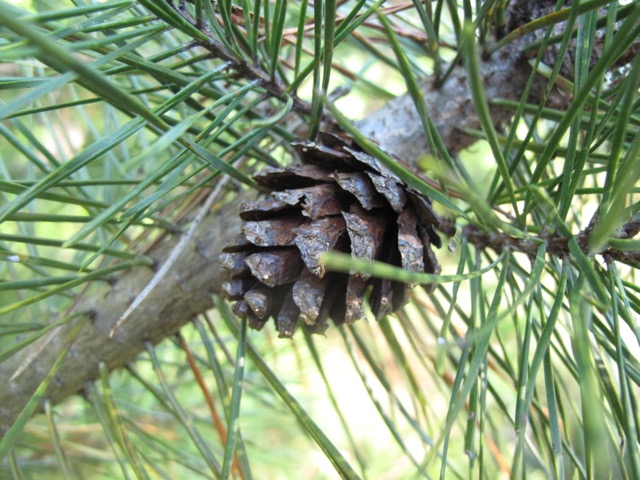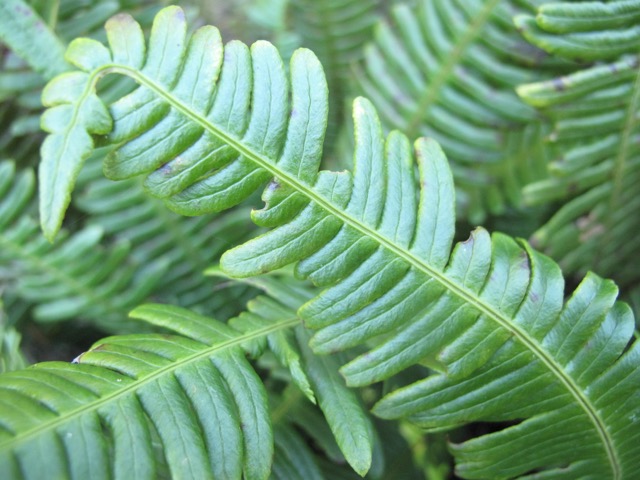



Photos taken by Grade Five Students
Over three weeks this term, the Grade Five class has been visiting Camosun Bog as part of our Science and Math curriculum. On our first visit, we explored the bog, then sketched and took photos of the various plant, insect, and animal species, such as ferns, moss and lichen, spiders, and even a squirrel making his home in a birdhouse! We prepared for our second visit by splitting into groups of two and constructing cardboard grids which we took to the bog, and placed on the forest floor. Then, we plotted the species located in the grid on a piece of graph paper. For our third visit, we identified the different species on a handout and took even more photos! This is what one of the students had to say about the trips:
“ It was very fun making the grids and going to the forest!”
We learned a lot at the bog, like how to plot a piece of land on a grid and how to identify different species. Going to Camosun Bog was a very fun and educational experience and I hope that we can go there again!
Written by a Grade Five Student













